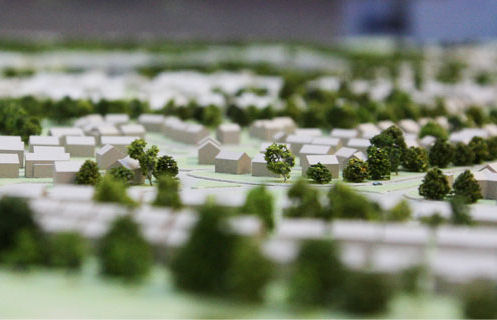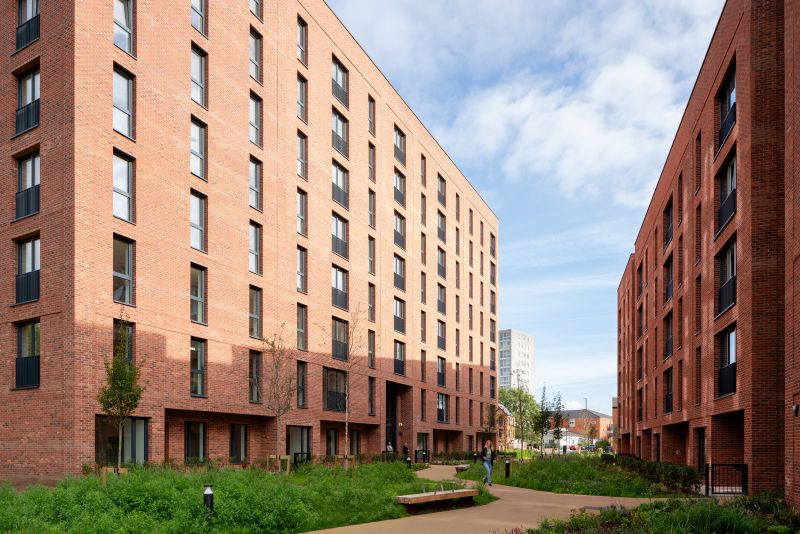New housing data in the English Housing Survey shows that in 2020-21, 1.9 million (8%) households reported that at least one part of their home got uncomfortably hot.
Almost 100% of households with a conservatory reported being uncomfortably hot as did 63% of households with a loft conversion.
People living in timber or steel framed dwellings were more likely to report overheating in the home than most other dwelling construction types.
The findings were published by the Department for Levelling Up, Housing and Communities in the latest English Housing Survey, which has been supported by BRE’s data and insight specialists for the last 40 years.
The report also found that there is a strong relationship between energy efficiency and housing quality, and that most homes with poor energy efficiency do not meet the Decent Homes Standard.

In 2020, 96% of homes with an energy efficiency rating (EER) of band F or G failed the Decent Homes Standard, as did 38% of homes in EER band E. In contrast, 7% of homes with an EER band C and 15% in EER band D were found not to meet the standard.
In 2020, 3.5 million (15%) occupied homes did not meet the Decent Homes Standard; 2.2 million had at least one Category 1 hazard and 941,000 had serious damp. However, the prevalence of these poor housing conditions declined between 2010 and 2020.
The private rented sector remains the tenure where dwellings are most likely to fail the Decent Homes Standard, whereas the social rented sector has the lowest proportion of non-decent homes. The proportion of non-decent homes varies by region, with Yorkshire and the Humber among those having the highest rates of non-decent housing particularly in the private rented sector which grew noticeably in the region between 2010 and 2020.
The report also found that in 2020, 46% of homes were in the highest energy rating bands of A to C, whereas in 2010 14% of the stock had the highest EER bands. Dwellings in the social rented sector were generally the most energy efficient in 2020, with over half (63%) having an EER of band C compared with 39% of the private sector. London was generally more likely to have dwellings in the highest EER bands of A or B (5%) and generally less likely to have dwellings in bands F or G (1%) compared with all other regions.
Owner occupiers were more likely to have made energy improvements to their home based on an EPC, especially couples aged 60 or over, owners that lived in older dwellings, and those located in Yorkshire and the Humber.
Of the 1.3 million owner occupiers who remembered seeing an Energy Performance Certificate (EPC), over half (57%) mentioned carrying out an energy efficiency improvement measure mentioned by their EPC. The remaining 43% had not carried out any works.
For those homes in EER bands D-G that were able to be improved to at least a band C, the average annual energy cost savings were estimated to be £282 per year, with owner occupiers having the highest cost savings. Overall, improving all homes to EER band C would lead to an annual average CO2 saving of 1.6 tonnes per dwelling.
Compared with the private rental sector, social rented homes are typically less likely to be of poor quality.
They have a smaller proportion of serious safety hazards, and cost less to bring up to the Decent Homes Standard than homes in the private sector. On average, it costs £5,457 to bring a non-decent social rented home up to the Standard. This is lower than costs to improve owner occupied homes (£7,852) and private rented homes (£8,475). Improving local authority homes costs more than housing association homes (£6,030 compared to £4,985).
The English Housing Survey is a continuous national survey commissioned by the Department for Levelling Up, Housing and Communities that has been running for over 50 years. It collects information about the condition and energy efficiency of housing in England and is partly carried out by BRE.
Read the latest report or find out more about BRE’s expertise in housing.




















